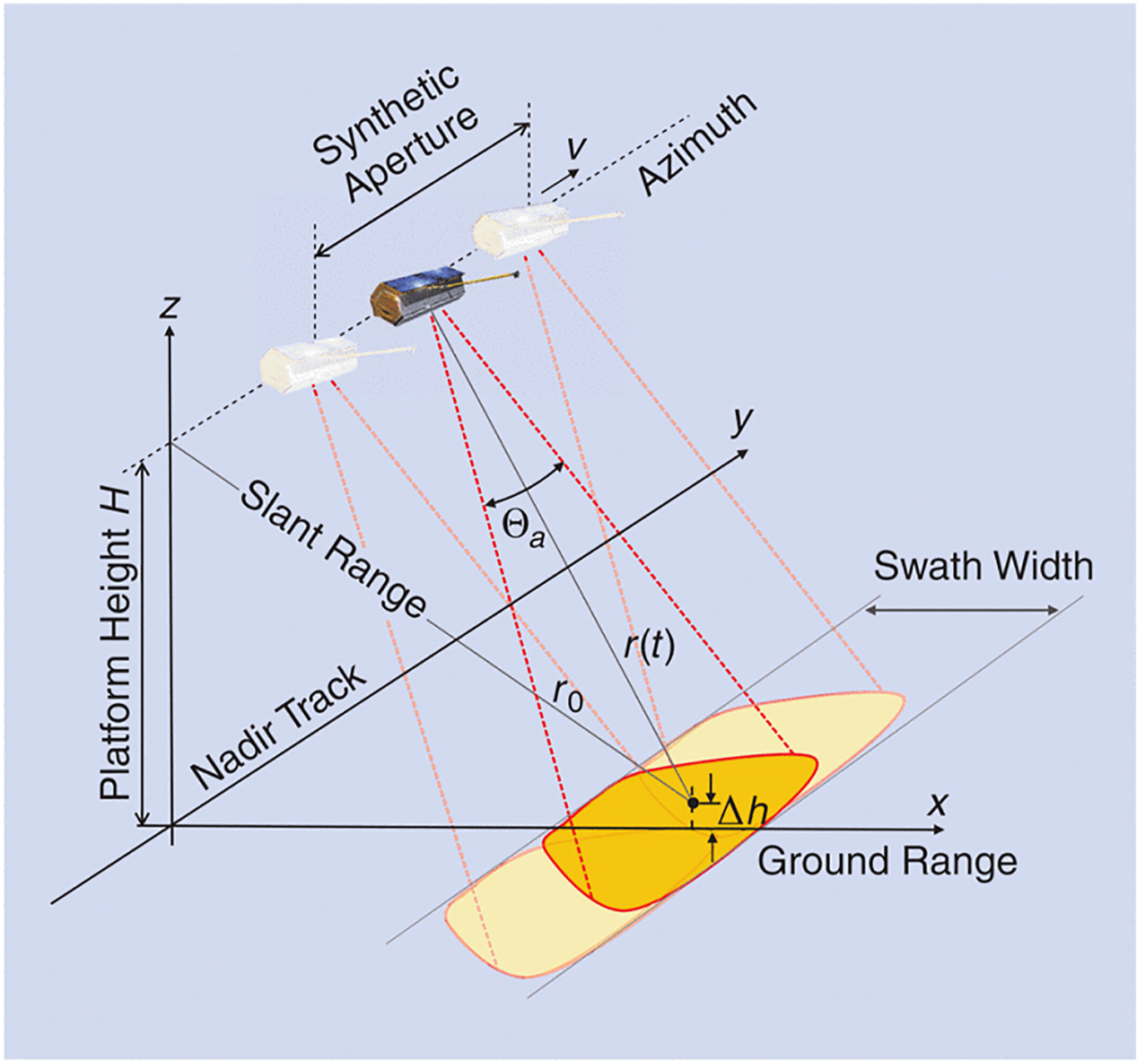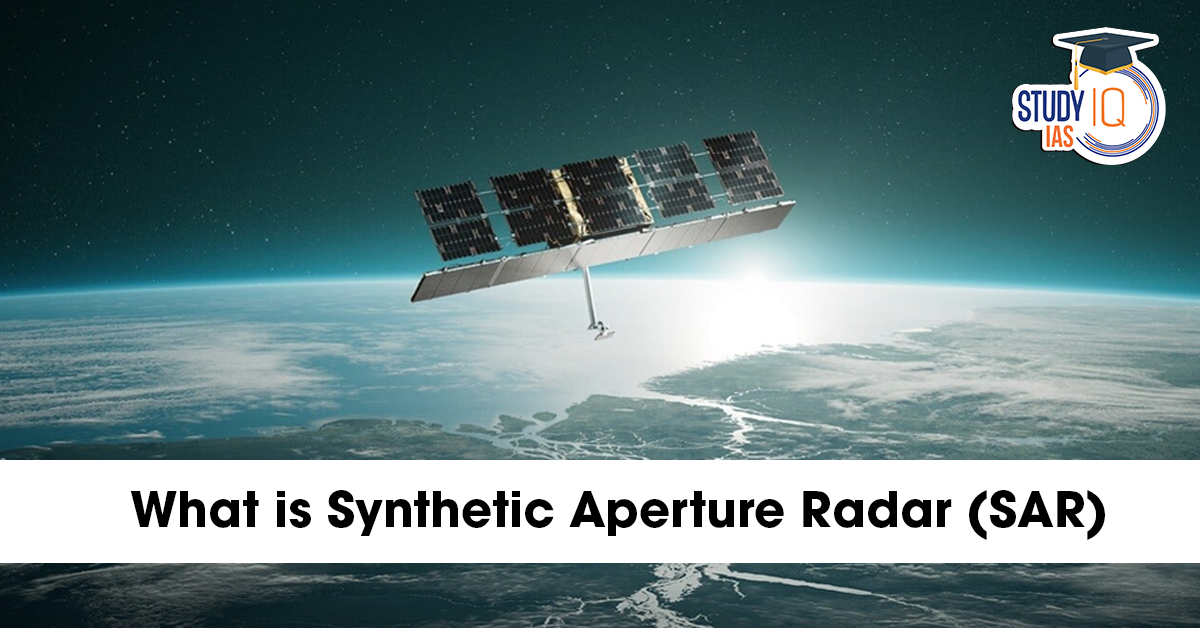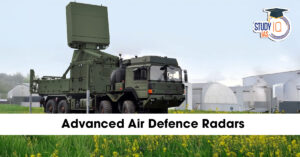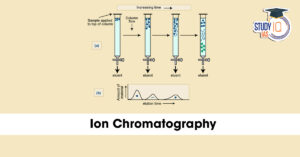Table of Contents
Context: Recently, NASA said the NASA-ISRO SAR mission had arrived at ISRO’s spaceport in Sriharikota.
What is Synthetic Aperture Radar (SAR)?
- Synthetic Aperture Radar (SAR) is a type of active remote sensing technology.
- It sends out microwave pulses and records the energy that bounces back after hitting Earth’s surface.
- Unlike optical sensors, SAR can capture high-resolution images day or night, and through clouds, smoke, or light rain.
How Synthetic Aperture Radar Works?
- A microwave signal is emitted toward the ground.
- The reflected signals (echoes) from surfaces like mountains, oceans, ice, or urban structures are recorded.
- A moving antenna (on a satellite or aircraft) captures these echoes from different positions.
- Using advanced signal processing, these signals are combined to simulate a much larger antenna (synthetic aperture).
- This technique allows sharp imaging with high resolution, without needing a physically huge antenna.

Advantages of SAR
- All-weather, day-night capability — unlike optical imaging, SAR works in darkness and cloudy conditions.
- Can image wide areas (hundreds of kilometers) in a single satellite pass.
- Works well for monitoring terrain, agriculture, deforestation, flooding, and military surveillance.
What SAR Can Detect
- Soil moisture, vegetation density, surface roughness.
- Differentiates materials like water, soil, vegetation, metal, and concrete based on their microwave reflectivity.
- Can detect minute surface changes that are invisible in optical imagery (e.g., after earthquakes or landslides).


 Advanced Air Defence Radars: Types, Comp...
Advanced Air Defence Radars: Types, Comp...
 Ion Chromatography, Working and Applicat...
Ion Chromatography, Working and Applicat...
 Broadly Neutralising Antibodies (bNAbs):...
Broadly Neutralising Antibodies (bNAbs):...
























